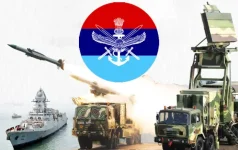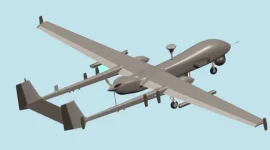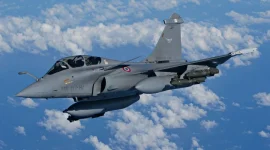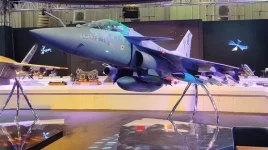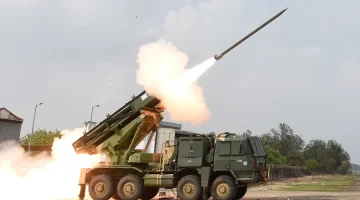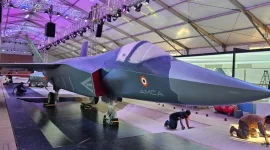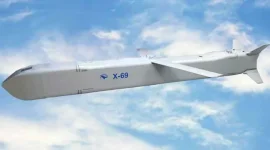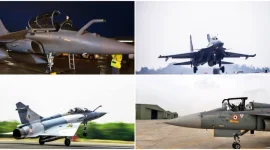The Indian Air Force (IAF) has initiated a major programme to extend the service life of its rugged Antonov An-32 transport fleet until at least 2040.
This life-extension will be achieved through a comprehensive overhaul conducted within India, marking a significant step in the nation's push for self-reliance in defence maintenance.
The project will see IAF’s Base Repair Depots collaborating with private Indian companies to modernise at least 60 aircraft.
The An-32, a Soviet-era workhorse, is indispensable to the IAF for maintaining its supply lines, especially to high-altitude airfields in the northern and northeastern border regions.
This initiative, announced in June 2025, directly supports the government's 'Aatmanirbhar Bharat' (self-reliant India) policy by developing a domestic ecosystem for complex military aircraft maintenance, repair, and overhaul (MRO).
First inducted in 1984, the An-32 has been a cornerstone of the IAF's tactical airlift capability for four decades.
Known in IAF service as the "Sutlej," the aircraft is renowned for its robust design and exceptional short takeoff and landing (STOL) capabilities in challenging environments.
It can operate from remote, high-elevation airstrips like those in Ladakh, which are over 10,000 feet above sea level, making it a critical asset for sustaining troops deployed along the Line of Actual Control (LAC) and the Line of Control (LoC).
The twin-engine aircraft can transport up to 6.7 tons of cargo or 50 equipped soldiers.
Over the years, the An-32 fleet has been pivotal in both military and humanitarian missions, including disaster relief during the 2013 Uttarakhand floods and the 2015 Nepal earthquake. However, the ageing of the airframes and reliance on foreign-origin avionics have presented significant operational challenges.
A 2017 report by the Comptroller and Auditor General (CAG) highlighted that the serviceability rate of the fleet had dropped to as low as 40%, largely due to difficulties in procuring spare parts—a problem intensified by geopolitical tensions involving its country of origin, Ukraine.
To counter these issues and enhance operational readiness, the IAF's overhaul programme will be spearheaded by its own maintenance facilities, such as the No. 1 Base Repair Depot in Kanpur, working in tandem with the Indian private sector. This public-private partnership aims to upgrade the aircraft comprehensively.
The modernisation will involve detailed structural refurbishment to repair metal fatigue and corrosion, overhauling the AI-20D engines for better performance, and replacing outdated cockpit systems with modern digital avionics and navigation aids like GPS.
A key objective of the programme is to indigenise the production of critical spare parts, thereby reducing dependence on foreign suppliers and insulating the fleet from global supply chain disruptions.
This effort builds upon a previous upgrade programme initiated in 2009 with Ukrainian assistance, which modernised 40 An-32s.
The current initiative is more ambitious, aiming to bring the operational availability of the fleet to over 70%, in line with the IAF's modernisation goals set in 2023.

